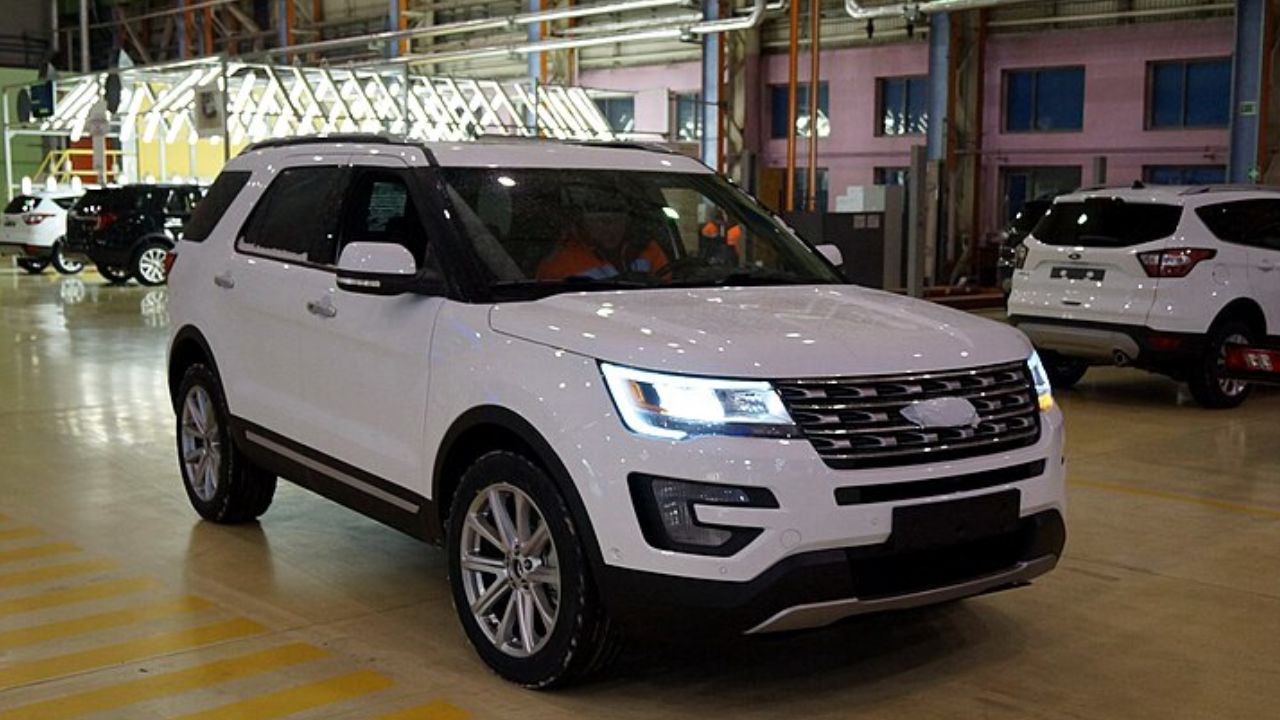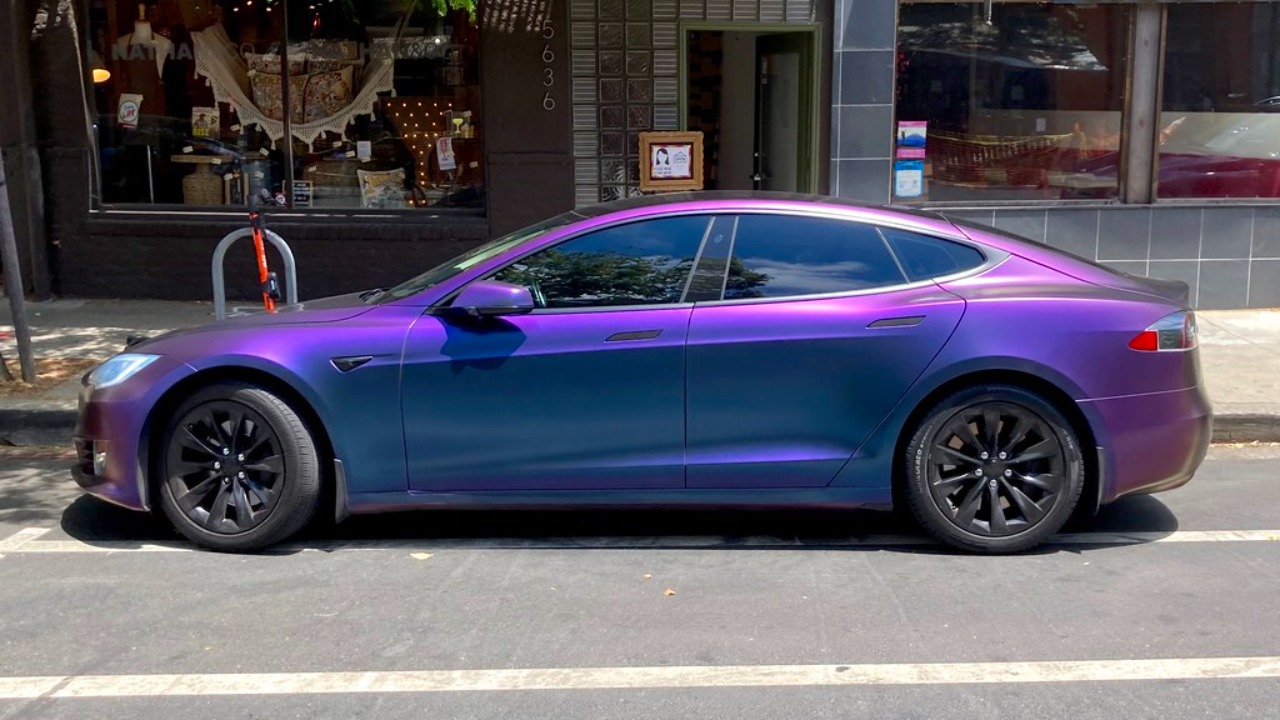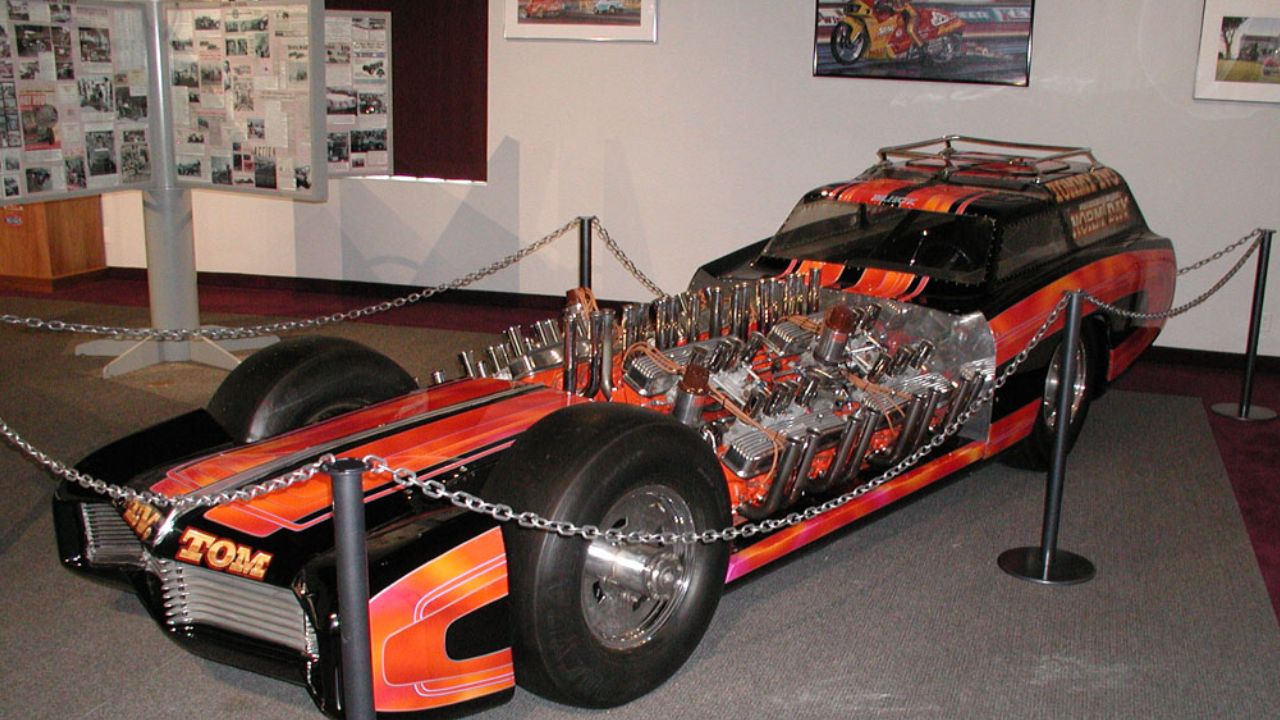The automotive industry is undergoing a transformative shift as software updates breathe new life into older vehicles, enhancing their functionality and connectivity. Innovations in technology are redefining the driving experience, making older models smarter and more efficient, allowing them to keep pace with newer vehicles in an increasingly digital world.
The Rise of Over-the-Air (OTA) Updates
Over-the-air (OTA) updates refer to the ability to wirelessly deliver software updates directly to a vehicle’s onboard system. This technology has revolutionized the automotive sector, enabling manufacturers to fix bugs, improve performance, and enhance features without requiring a visit to the dealership. Major players in the industry, such as Tesla, Ford, and Volkswagen, have adopted OTA updates, allowing drivers to receive the latest software improvements from the comfort of their homes.
One significant example is Tesla, which has set a precedent for OTA updates since its inception. The automaker frequently releases updates that add functionality, such as the ability to summon the car remotely or improve battery management systems, significantly enhancing the user experience. Ford has also embraced this technology with its FordPass app, providing owners of models like the 2021 Ford F-150 with performance upgrades and new features delivered seamlessly over the air.
For consumers, the benefits of OTA updates are manifold. They not only improve safety features and performance but also enhance the overall driving experience without the inconvenience of a service appointment. Consumers can enjoy peace of mind knowing that their vehicles are continuously being improved, making them safer and more reliable.
Enhancing Safety Features
Software updates have also played a crucial role in enhancing vehicle safety features. Advanced driver-assistance systems (ADAS), which include features such as adaptive cruise control, lane-keeping assistance, and automatic emergency braking, are now accessible to older models through software updates. A prime example is the 2017 Honda CR-V, which received an update that added collision mitigation braking and lane-keeping assist, significantly improving its safety ratings.
These updates not only aid in accident prevention but also ensure that older cars comply with modern safety standards. Consider the case of the 2015 Chevrolet Malibu, which received an OTA update that introduced new safety features, extending its lifespan and increasing its market value. By keeping older vehicles equipped with cutting-edge safety technologies, manufacturers can prolong their relevance on the road.
Furthermore, as safety regulations continue to evolve, manufacturers can use software updates to keep older models up to date. This means that drivers of older vehicles can enjoy the benefits of modern safety technologies without needing to purchase a new car, ultimately promoting a more sustainable approach to automotive ownership.
Improving Connectivity and Infotainment Systems
The advent of software updates has dramatically improved vehicle connectivity, allowing for enhanced features like Bluetooth, Wi-Fi, and smartphone integration. Older models can now receive updates that enable compatibility with the latest apps and services, making them more enjoyable to drive. For instance, the 2016 Ford Explorer can now access Apple CarPlay and Android Auto features through a simple software update, bridging the gap between older hardware and modern technology.
The role of software updates in improving user interface and experience cannot be understated. Manufacturers like BMW have released updates for their iDrive infotainment system, enhancing navigation features and user customization options. Such updates not only improve the aesthetic appeal but also make it easier for drivers to interact with their vehicles.

Environmental Impact and Fuel Efficiency
One of the significant benefits of software updates is their ability to optimize engine performance and fuel efficiency in older cars. By recalibrating engine parameters and adjusting fuel injection strategies, manufacturers can enhance the efficiency of older models, leading to improved miles per gallon. For instance, the 2014 Volkswagen Jetta was able to optimize its performance through an OTA update, leading to reduced fuel consumption and emissions.
In addition to improving fuel efficiency, software updates can help older vehicles comply with stricter environmental regulations. As emissions standards continue to tighten, manufacturers can implement software changes that reduce harmful emissions without requiring physical modifications to the vehicle. This is particularly relevant for models like the 2012 Ford Focus, which received an update that enabled it to meet new emissions standards, allowing it to remain compliant and roadworthy. The potential for software updates to contribute to environmental sustainability is significant. By improving the efficiency and reducing the emissions of older vehicles, manufacturers can play a crucial role in promoting cleaner air and reducing the overall carbon footprint of the automotive industry.
The Future of Smart Vehicles
The future of smart vehicles is bright, with software updates expected to play an even more critical role in the evolution of older cars. As technology continues to advance, we can anticipate the integration of features that were once thought to be exclusive to new models. For instance, the potential for vehicles to integrate with autonomous driving technologies and vehicle-to-everything (V2X) communication systems is becoming increasingly plausible. Imagine a world where older vehicles can receive updates that enable them to communicate with smart traffic signals or other vehicles, enhancing safety and efficiency on the road. This is not just a distant dream; it is a tangible possibility as the automotive industry embraces connectivity and smart technologies.
For consumers, maintaining and upgrading older models will become a more attractive option in this rapidly changing landscape. With software updates extending the life and capabilities of their vehicles, many drivers will find that their older cars can still meet their needs without the necessity of purchasing a new one. This evolution in the automotive industry ultimately supports a more sustainable approach to vehicle ownership while embracing the exciting potential of technology.
Like Fast Lane Only’s content? Be sure to follow us.
Here’s more from us:
*Created with AI assistance and editor review.






Leave a Reply